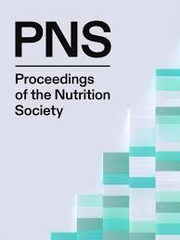No CrossRef data available.
Article contents
Positioning Nutritional Status in Intrinsic Capacity Monitoring
Published online by Cambridge University Press: 17 November 2025
Abstract
Intrinsic capacity, introduced by the World Health Organization, represents a shift in focus from treating disease to maintaining physical and mental capacities individuals as they age. It encompasses five interrelated domains: vitality, sensory, cognition, psychology, and locomotion. Vitality refers to the body’s physiological reserve and is shaped by processes such as energy metabolism, immune function, and neuromuscular integrity. By definition, vitality is closely linked to nutritional status, which plays a central role in maintaining resilience and health in older adults. However, integrating nutritional status into the vitality domain presents several challenges due to inconsistent definitions and varied measurement approaches. This review examines these challenges and explores possibilities for integrating nutritional status in the vitality domain. The absence of standardised nutrition-related indicators limits comparability across studies and constrains the practical application of intrinsic capacity in both research and clinical contexts. To strengthen the role of intrinsic capacity in nutritional monitoring, it is essential to reach consensus on which nutritional indicators to include and how to score them consistently. Addressing these methodological challenges will support the use of intrinsic capacity in identifying early signs of nutritional decline and guiding timely interventions to promote healthy ageing.
Information
- Type
- Review Article
- Information
- Copyright
- © The Authors 2025. Published by Cambridge University Press on behalf of The Nutrition Society

